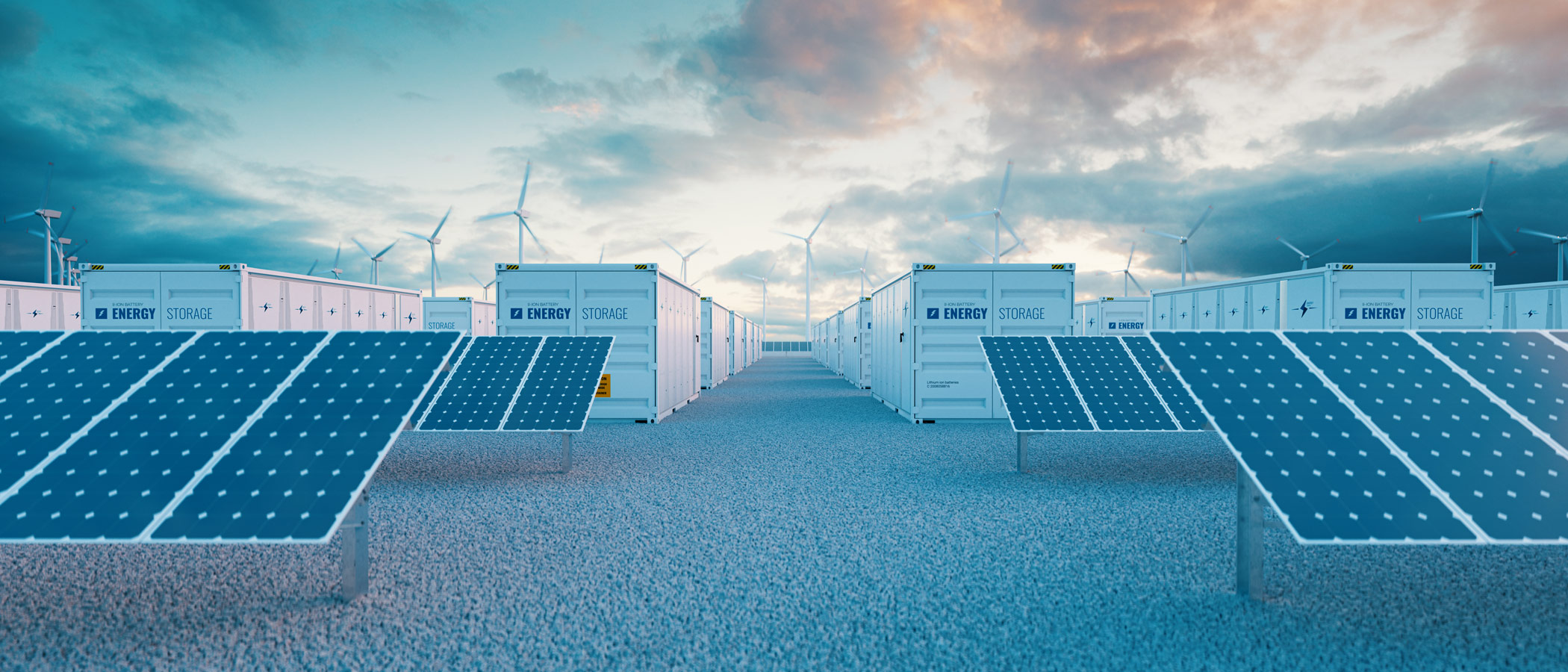Grid Flexibility
Below is all the information about the project: Grid Flexibility

The electrical grid, which serves 85% of the world, was originally designed for constant, centralized power production, not the variability of renewable sources like solar and wind. To achieve a predominantly renewable electricity supply, the grid must become more flexible and adaptable. Various technologies contribute to grid flexibility, including constant renewables, utility-scale and small-scale storage, and demand-response tools. Strong transmission and distribution networks play a crucial role in balancing electricity sources across larger areas. Project Drawdown's Grid Flexibility solution encompasses a portfolio of practices and technologies aimed at increasing grid efficiency, resilience, and ability to integrate variable renewable energy sources. Each component of grid flexibility ranges from mature technologies to innovative solutions on the horizon, offering various degrees of cost-effectiveness and collateral benefits.
Impact:
Grid flexibility is a complicated, dynamic system, and it is nearly impossible to account for all local factors at a global scale. However, increased grid flexibility is critical if we are to derive more than 25 percent of electricity from variable renewable energy sources. The emissions reductions and financial impacts from this solution are counted in the variable renewable solutions that could not reach their full potential without it and so are not represented here.
More Information:
https://drawdown.org/solutions/grid-flexibilityBrewing Quote...